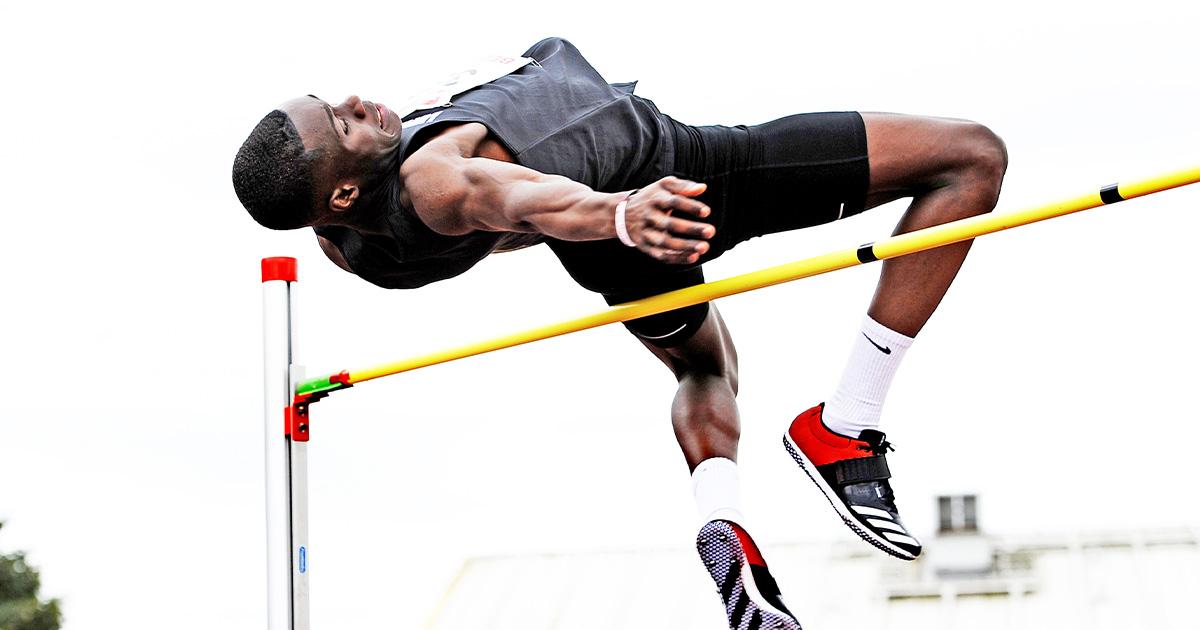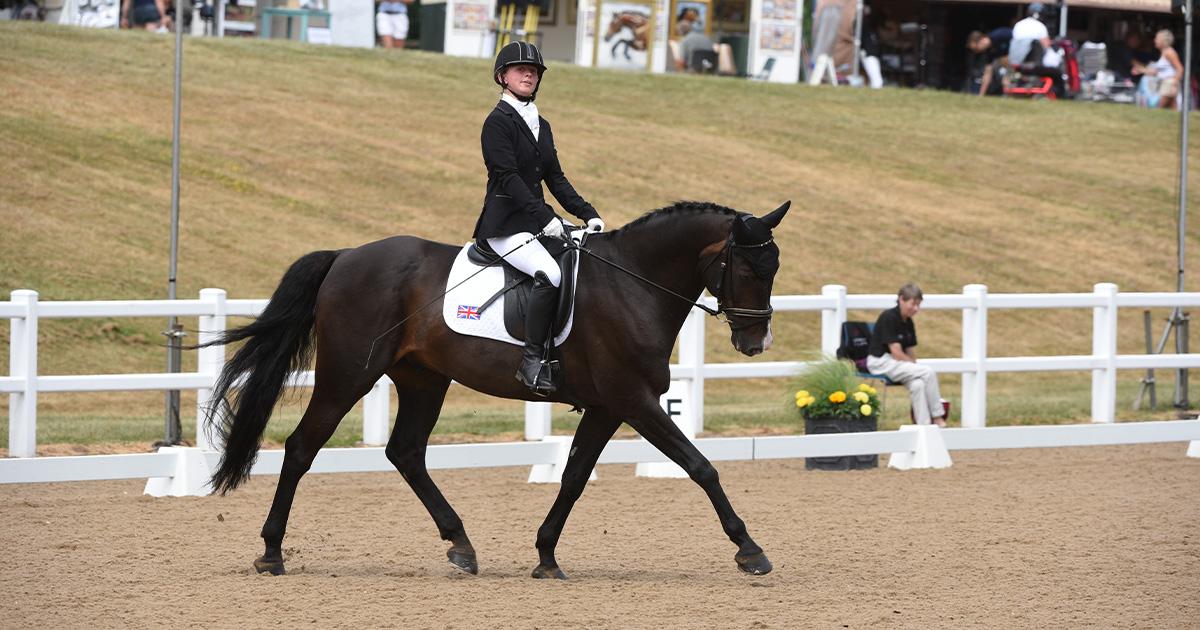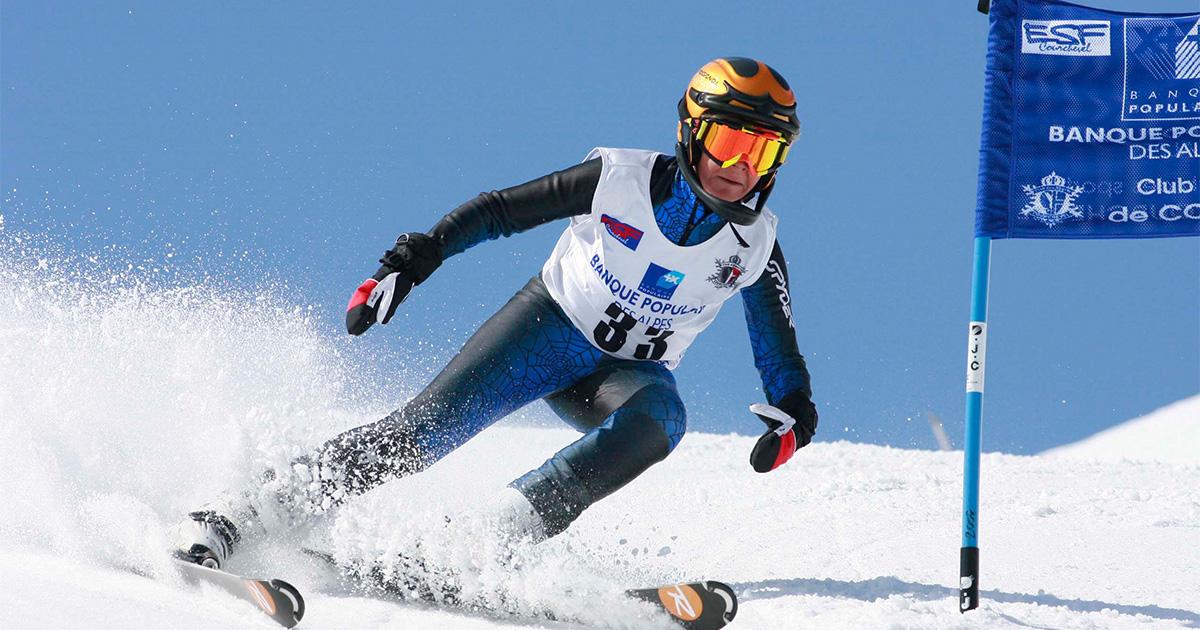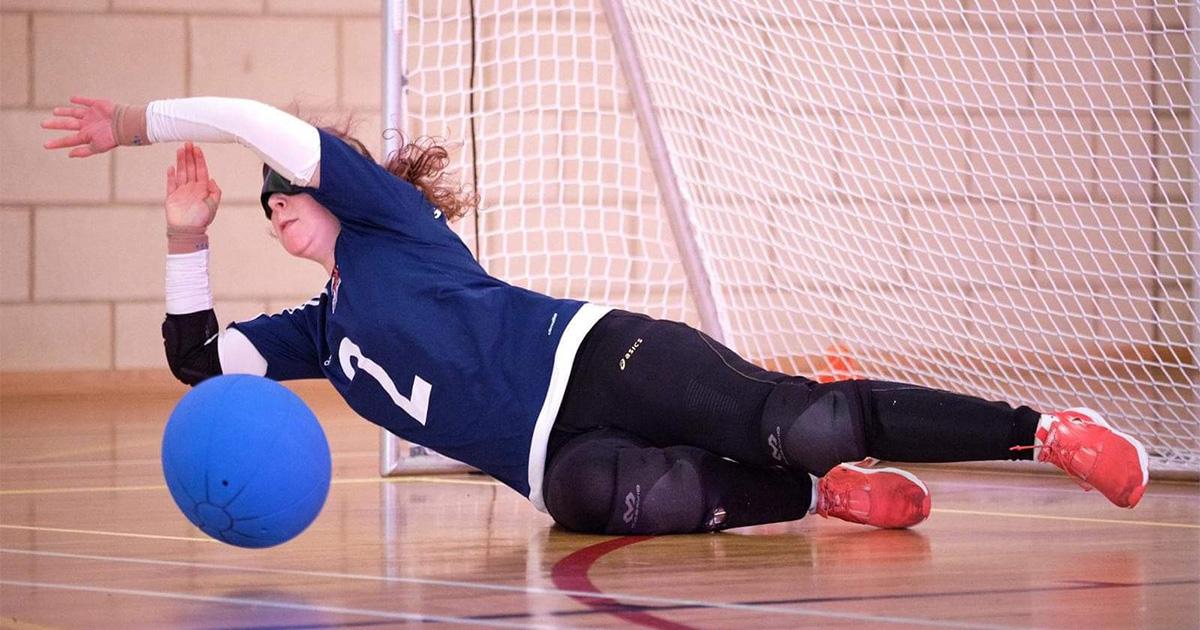- HOME
- NEWS & INSIGHTS
- ATHLETE SURVEY
Athlete survey
SportsAid undertakes an athlete survey each year to help highlight and better understand the sacrifices made by the next generation of sports stars - and their families - as they look to pursue their ambitions.
Unique Insight
SportsAid's annual athlete survey has been conducted since 2007. The questions cover a range of topics including biggest challenges, motivations and inspirations, targets for the future, the importance of SportsAid support and the cost implications of their sport. The most recent survey results were released in September 2019.
The survey was completed by 650 athletes - that’s a response rate of 62%. There was a near even gender split (51% female, 49% male) overall with a slight skew among disabled athletes (55% male, 45% female). 80% of the respondents are non-disabled (520 athletes) and 20% disabled (130 athletes). 88% compete in an Olympic and Paralympic discipline.
Key Findings
Image

The Bank of Mum and Dad, British sport’s most loyal and longstanding ‘sponsor’, committed more than £8m to support their talented children over the last 12 months.
The overall average spend for a SportsAid athlete has risen from £5,022 to £7,089 over the last decade – that’s a difference of £2,067.
15% of athletes (98 in total) who responded to the survey would have had to either give up their sport or consider doing so without their SportsAid award.
Travel, equipment and accommodation are the main costs facing SportsAid athletes with balancing different areas of their lives being the biggest challenge.
SportsAid athletes cover 47 miles a week in training – that’s the same as running from Brixton to Brighton!
SportsAid athletes travel 1,492 miles every month to train and compete - the equivalent distance of driving from London to Gibraltar.
66% of SportsAid athletes revealed they would not have been able to train and compete as much without the charity’s support.
The Paris 2024 Olympic and Paralympics is the key long-term aim for 55% of SportsAid athletes.
22% of disabled athletes said the London 2012 Olympic and Paralympics was their single biggest inspiration for taking up their sport competitively.
Finance
Image

The overall average spend for a SportsAid athlete has risen to £7,089. That’s a jump of £2,204 (over 45%) compared to the first survey conducted in 2007/08 – underlining the importance of the charity.
Overall average spend per athlete
2018/19 – £7,089
2017/18 – £7,266
2016/17 – £6,417
2015/16 – £6,193
2014/15 – £5,912
2013/14 – £6,193
2012/13 – £6,022
2011/12 – £6,438
2010/11 – £5,576
2009/10 – £4,898
2008/09 – £5,022
2007/08 – £4,885
100% of SportsAid athletes consider the award to be essential or helpful as it enables them to continue training and competing in their sport.
15% (that’s 98 athletes) would have had to consider giving up their sport without SportsAid. 4% (27 athletes) would have been forced to stop.
86% said the SportsAid award has relieved the financial pressure of their sport. 69% of athletes receive no other forms of financial backing.
Travel is the single greatest expenditure for 51% of SportsAid athletes – accommodation (11%) and equipment (11%) are the next biggest outlay.
72% feel costs are rising overall with 25% seeing no change. The remaining 3% believe their costs have fallen.
99% of athletes have spent part of their SportsAid award on travel with 83% also paying towards accommodation and equipment costs.
48% of athletes have used part of their SportsAid award towards paying for a specific piece of sporting equipment.
Biggest Challenges & Training Hard
Image

SportsAid athletes are going to great lengths as they bid to reach the top of their sport. They travel large distances to keep up with their sporting schedule – all while balancing this with an already hectic lifestyle. They usually train during the evening but many have early morning sessions too.
A SportsAid athlete travels 373 miles, on average, every week to get to training and competitions. That’s 1,492 miles each month - the same as driving from London to Gibraltar!
22% of athletes spend between 20 and 24 hours per week training. 12% complete over 25 hours. 32% do between 15 and 19 hours.
The majority of athletes train twice a day. The most frequent time is between 5pm and 9pm (80%). 28% do sessions early in the morning within the window of 5am and 9am. 11% train after 9pm.
On average, a SportsAid athlete covers 47 miles a week in training. That’s the equivalent of running from Brixton to Brighton! And an increase of 4 miles from last year.
67% find balancing all the different areas of their lives as their biggest challenge. Money is an area of concern for 48%. 29% feel it is dealing with performance pressures.
Inspirations and Motivators
Image

The key motivation for SportsAid athletes is the opportunity to compete internationally at the highest level. They see their family, as well as witnessing the success of other athletes, as the main driving forces behind why they took up their sport. Nearly half of disabled athletes are aiming to reach the Tokyo 2020 Paralympic Games with the inspiration gained from London 2012 still front of mind.
37% of SportsAid athletes revealed their family acted as the single biggest inspiration when taking up their sport. 18% said it was seeing the success of other athletes. 13% saw it as their coach.
22% of disabled athletes said the London 2012 Olympic and Paralympic Games was their single biggest inspiration compared to 5% non-disabled.
41% say competing at the highest level internationally is what continues to motivate them. 21% feel enjoyment is the major factor. The success athletes have had so far in sport is the reason for 8%.
Over half of SportsAid athletes are pushing for the Paris 2024 Olympic and Paralympics – 55% seeing this as a key target for the future. 42% of disabled athletes are aiming for Tokyo.
Importance of SportsAid Award
Image

SportsAid athletes have felt the impact of the charity’s backing. The finance and recognition from SportsAid has given them a motivational boost while supporting them in reaching their targets. For many, it has enabled them to train and compete more often as they look to progress further.
98% said the SportsAid award they received motivates them. 97% revealed it has helped them to achieve their goals. 100% feel SportsAid support is either helpful or essential.
77% feel SportsAid support is helping them progress. 66% revealed they would not have been able to train and compete as much without SportsAid.
Receiving a SportsAid award has seen 51% of athletes able to focus more on their sport. 46% have improved their ranking with the charity’s support.
46% feel they have more self-belief having been presented a SportsAid award. 29% used their SportsAid award to help them recover from injury.